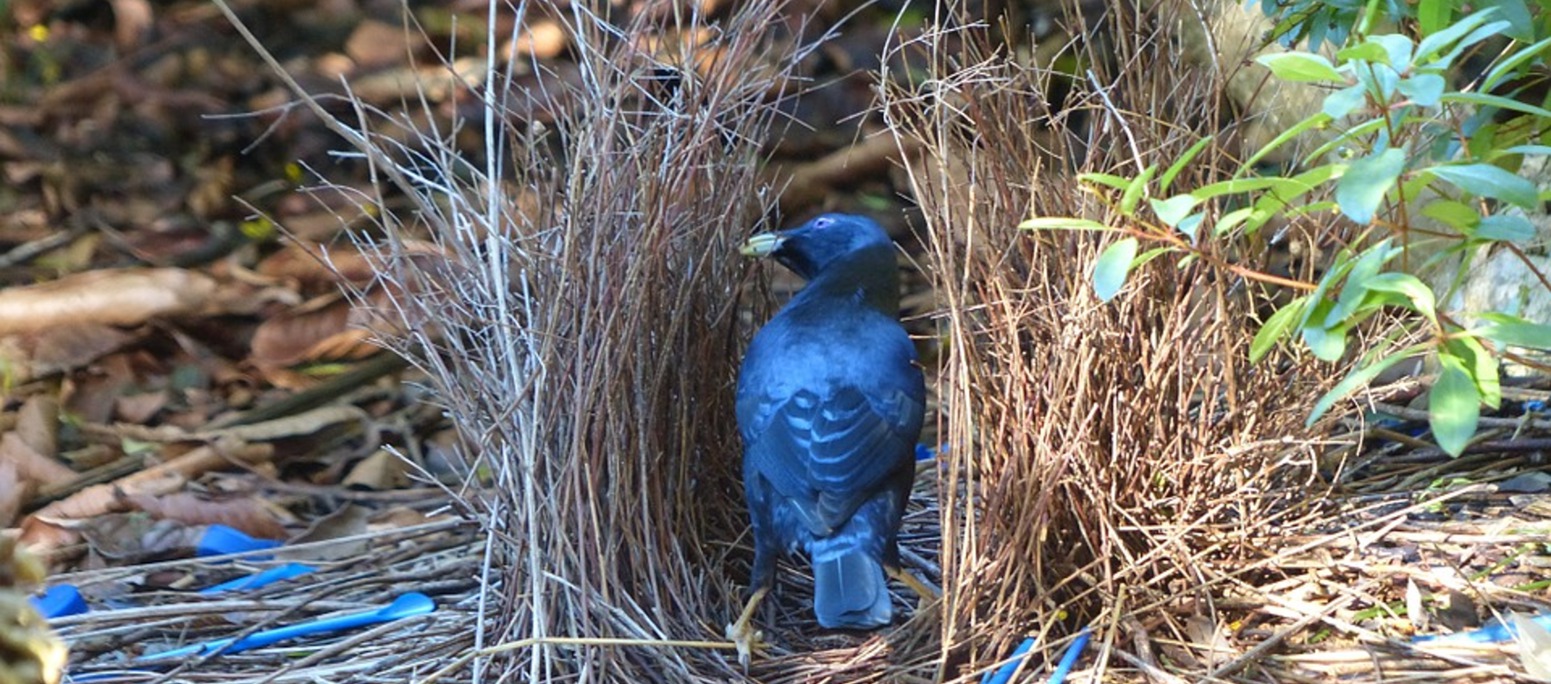Curriculum Outcomes
Stage 4 Science and Technology
- SC4-14LW A student relates to the structure and function of living things to their classification, survival and reproduction
- SC4-15LW A student explains how new biological evidence changes people's understanding of the world
Stage 5 Science and Technology
- SC5-14LW A student analyses interactions between components and processes within biological systems
Stage 6 Biological Diversity
- BIO11-10 A student describes biological diversity by explaining the relationships between a range of organisms in terms of specialisation for selected habitats and evolution of species
Key Inquiry Questions
- How do adaptations increase the organism’s ability to survive?
- Conduct practical investigations, individually or in teams, or use secondary sources to examine the adaptations of organisms that increase their ability to survive in their environment, including: structural adaptations, physiological adaptations, behavioural adaptations
General Capabilities
- Literacy capability
- Numeracy capability
- Information and Communication Technology capability
- Critical and Creative Thinking capability
- Personal and Social capability
- Ethical Understanding capability
- Intercultural Understanding capability.
Teacher Resources
How to use this resource in the classroom
Download the Curriculum Map (PDF~111KB) for suggested teaching and learning activities for each syllabus outcome.
Additional activities & classroom resources:
- Animal and Plant Adaptations
- Icefish blood adaptations: Antifreeze proteins, Blood viscosity
- How does hibernation work? TedEd Lesson [Website link]
- Can Wildlife Adapt to Climate Change? TedEd Lesson
- Sample procedures for Modelling Adaptations to Heat activity - (PDF~84.6KB)
- Sample procedures for Modelling Adaptations to Cold activity - (PDF~505KB)
Extension activities (suitable for Stage 5-6 students):
- Investigate the Rock Pocket Mice case study further by modelling changes in the Rock Pocket Mice population in this simulation [Download Teacher Guide (PDF~120KB)]
- Engage students in formative assessment using the Interactive Assessment for Natural Selection and Adaptation, centred on the Rock Pocket Mice case study
- Investigate another case study of Natural Selection and evolved traits using this simulation and game
- Explore the origins of muscles, nerves, and other animal adaptations through a study of the fascinating phylum Cnidaria [Download Teacher Resource (PDF~3.23MB)]
Additional reading for teachers
- Australian flora: evolution and adaptation
- No Plants, No Animals – Branch Out Podcast, S01E03
- Rainforest in Australia
- Succulents – Plants for the garden in a changing environment
- Carnivorous Plant Adaptations
- Deceptive and dangerous stingers
- Climate change and future-proofing plants
- Bold and aggressive behaviour means birds thrive in cities
- 10 species that are evolving due to the changing climate
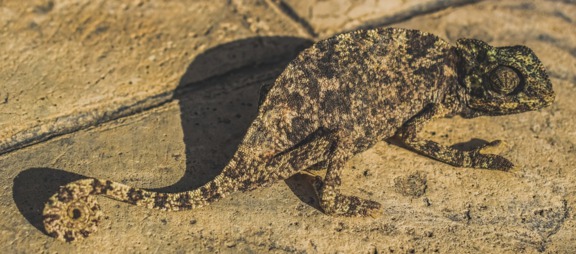
Plants and animals have in-built adaptations borne out of an evolutionary arms race.
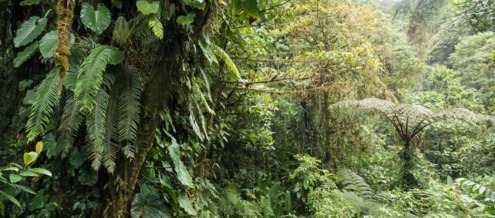
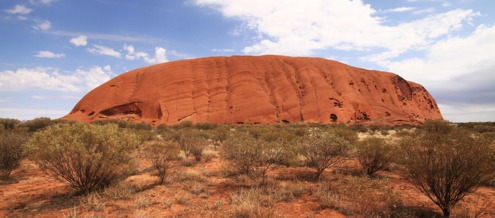
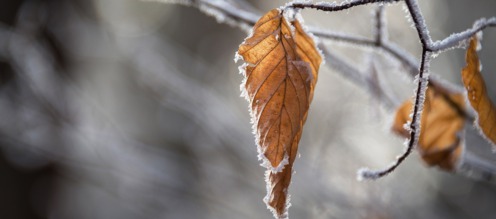
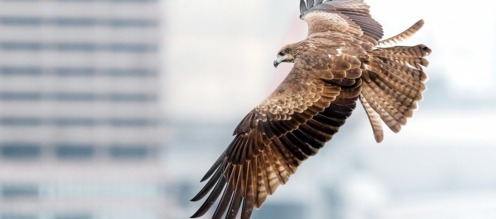
Humans are around 300,000 years, yet we have the dominant influence on the Earth's climate and environment.
